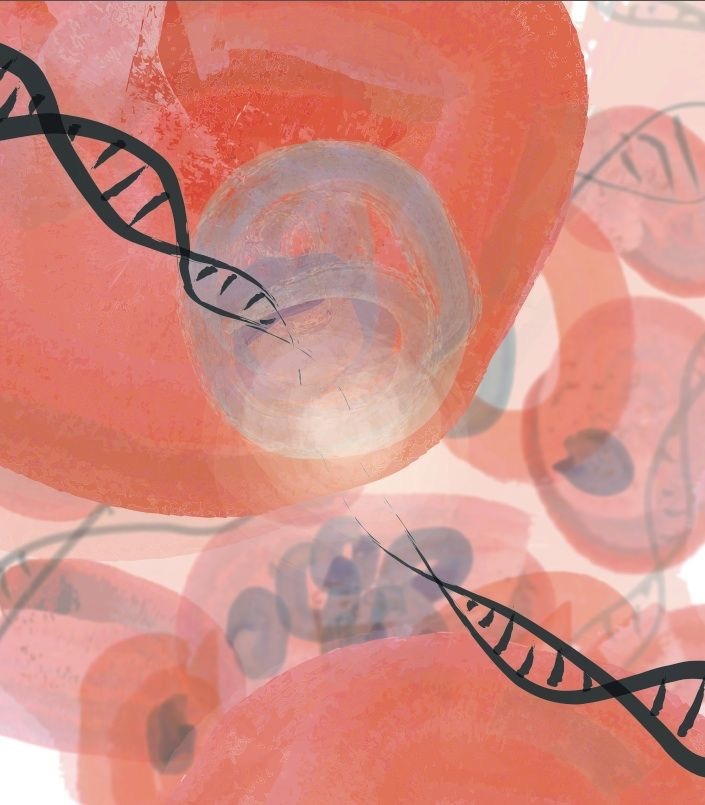RNA, Ribonucleic acid is a type of nucleic acid involved in protein synthesis.
In the present article, we are briefly discussing each type of RNA with its function and general structure. Furthermore, the difference between DNA and RNA is elaboratively described here.
Read more: RNA Sequencing- Principle, Steps, Methods and Applications.
So let’s start with the history of RNA,
Key Topics:
History of RNA
Nucleic acids were first discovered by Friedrich Miescher in 1868 who called the material as ‘nuclein’ as it was found in the nucleus and this led to the discovery of RNA. The key milestone in the history of RNA is given below,
In the year 1939, the role of DNA in protein synthesis was postulated.
In the year 1959 Severo Ochoa won the Nobel prize for discovering the RNA synthesis mechanism.
In the year 1965, Robert W. Holley sequences 77 nucleotides of yeast tRNA.
Some of the highlights of RNA molecules are given below,
- RNA was distinctly different from DNA because of its sensitivity towards alkaline –OH group on the ribose.
- ATP and GTP were to be the main energy source and building blocks for RNA.
- Adenine, cytosine and guanine were the three bases common to RNA and DNA while instead of thymine Uracil is present into the RNA.
Read more on DNA: DNA story: The structure and function of DNA
What is RNA?
Ribonucleic acid (RNA) is an important biological macromolecule that helps to convert the genetic information encoded by DNA into proteins.
RNA at a first glance appears to be very similar to DNA, has its own distinctive structural features. It is a single-stranded molecule with an intra-strand pairing. RNA exhibits an extensive double helical structure and can also form various tertiary structures.
The general structure of RNA
Deoxyribonucleic acid (DNA) is a complex molecule that is primarily found within the nucleus of cells. DNA is present within all living organisms and contains genetic information.
The backbone of RNA contains ribose rather than 2’-deoxyribose, present in DNA. Ribose has a hydroxyl group at a 2’ position.
The nucleotides that form DNA are adenine (A), guanine (G), cytosine (C) and thymine (T). Thymine in DNA is replaced by uracil in RNA. Uracil and thymine have almost the same structure except for uracil lack a 5’ methyl group. Thymine can also be written as 5’methyl- uracil.
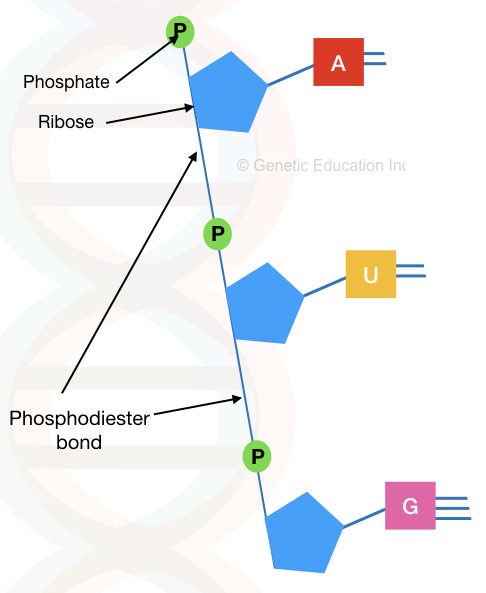
What is the difference between DNA and RNA?
DNA is a double helix structure but the structure of DNA is not quite uniform. As for example, the chromosomes of some viruses have single-stranded molecules.
It has also been discovered that the orientation of the base pairs varies slightly from base pair to base pair, as influenced by the local DNA sequence. Some DNA molecules are linear while some are circular.
Additional complexity arises from the supercoiling (further twisting) of the double helix, most often found around cores of DNA-binding proteins.
Similarly, RNA, at a first glance appears to be quite similar to DNA. But has its own distinct structural features. Normally it is a single-stranded molecule. Still, with intrastrand base-pairing, RNA shows double-helical structures.
These structures are like non-classical base pairs, base-backbone interactions and knot-like configurations. As per evolutionary significance, some RNA molecules act as enzymes to carry out reactions which are the basis of information to transfer from nucleic acid to protein.
RNA is usually found in a single polynucleotide chain except in certain viruses. RNA molecule often exhibits double-helical character because RNA chains frequently fold back on themselves to form base-paired segments between short stretches of complementary sequences.
There are different types of RNA present into the cell, the common three types of RNA are: mRNA, rRNA and tRNA wile other RNAs are nuclear RNA, microRNA, smaller interfering RNA etc.
This article will help you to learn more: DNA vs RNA: Differences And Similarities.
Different types of RNA
There are three different types of RNA identified for translating genetic information (DNA) into proteins, present in prokaryotic and eukaryotic organisms.
- Messenger RNA (mRNA) carries the genetic information
- Transfer RNA (tRNA) acts as the physical link between mRNA and proteins
- Ribosomal RNA (rRNA) is present on ribosomes for synthesising proteins
mRNA
Only 5% of total RNA accounts for mRNA in the cell. It is the most varied of the three types of RNA with respect to base sequence and size.
It is a single-stranded complimentary copy of the gene, transcribed from DNA, ready to be translated into proteins. mRNA contains a genetic codon of three nucleotides (triplets) specific for an amino acid.
There are 20 amino acids that are coded by 64 different triplets of 4 nucleotides, as one amino acid can be coded by different codons.
The AUG codon for methionine is the most common start codon, specifying the amino acid at the NH2-terminus of a protein chain. Three codons function as stop codons and specify no amino acids.
In post-transcriptional processing in eukaryotes, mRNA is recognized during translation when its 5’ end is capped with guanosine triphosphate (GTP). This process is known as capping.

Similarly, the 3’ end of an mRNA has a poly-A tail (polyadenylation), or multiple adenylate residues to prevent enzymatic degradation of mRNA. This process is known as adenylation.
5’end GTP and 3’end poly-A tail are added after transcription of DNA into pre-mRNA, forming mRNA. Both 5’ and 3’ end of an mRNA are important for the stability of mRNA.
rRNA
Ribosomal RNA is associated with a set of proteins to form ribosomes.
It accounts for 80% of the total RNA in the cell. It moves along an mRNA molecule, binding amino acids into a polypeptide chain. The efficiency of translation is greatly increased by the binding of mRNA and the individual aminoacyl-tRNA to the most abundant RNA protein complex in the cell- the ribosome.
A ribosome consists of several different rRNAs molecules and more than 50 proteins which are organised into a large subunit (50S) and a small subunit (30S). The large subunit also contains one accessory RNA. The lengths of rRNA molecules, the quantity of protein in each subunit and the size of the subunits differ in prokaryotic and eukaryotic cells.
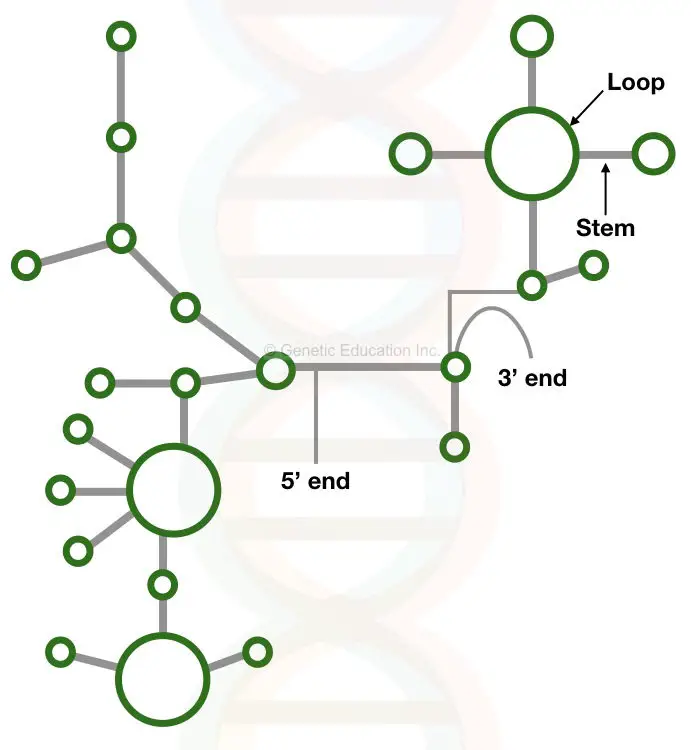
tRNA
tRNA is the smallest of the 3 types of RNA, possessing 70-80 nucleotides. They are important for translation as they transfer amino acids during protein synthesis. Thus tRNA is known as transfer RNAs (tRNA).
There are at least 20 different tRNAs-one for each amino acid with a specific binding site for each of the 20 amino acids that are transferred to the growing polypeptide chain.
The tRNA reads the mRNA codon by its own anticodon and base pairing is done by hydrogen bonding. They normally contain some unusual bases to the usual 4, that are formed by methylation of the bases.
The common examples of methylated bases are methylguanine and methylcytosine.
tRNA molecules fold into a similar stem-loop arrangement which resembles a cloverleaf in two dimensions. Its structure has an acceptor arm for attachment of specific amino acids and a stem loop with a three-base anticodon sequence at its ends. See the figure below. The anticodon can base pair with its corresponding codon or codons in mRNA.
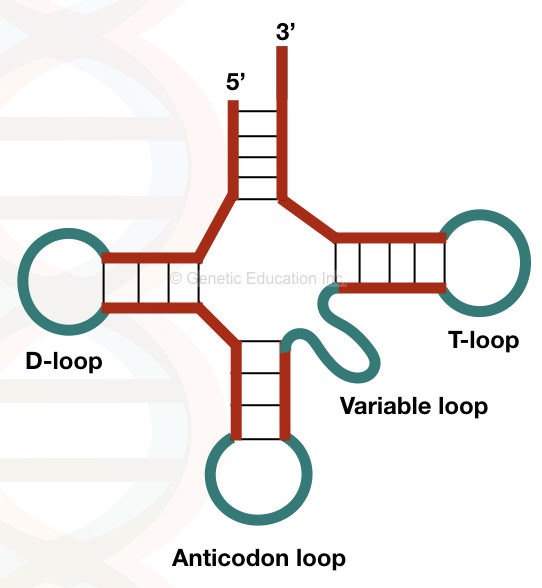
Small Nuclear RNAs
Small Nuclear RNA (snRNA) plays an important role in gene regulation by RNA splicing. They are typically found in the nucleus, tightly bound to proteins in complexes called snRNPs (small nuclear ribonucleoproteins, also known as snurps ).
The most abundant of these molecules are U1, U2, U5 and U4/U6 particles that are involved in splicing pre-mRNA which get transferred to mature mRNA.
MicroRNAs
These are small regulatory RNAs of 22 to 26 nucleotides long. MicroRNA (miRNA) inhibits gene expression by repressing translation.
Most miRNAs also play an important role in controlling gene expression by binding to target mRNAs through imperfect base pairing and subsequent inhibition of translation, with some exceptions.
Related article: microRNA (miRNA) and Gene Regulation.
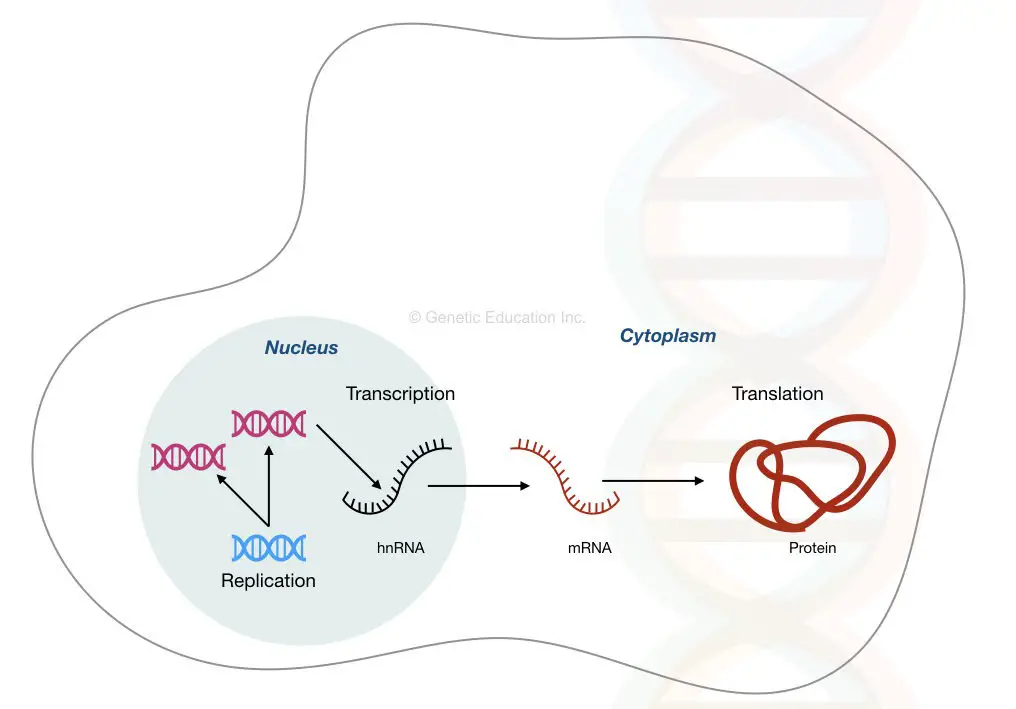
Small interfering RNAs
Small interfering RNAs (siRNA) are only 21 to 25 base pairs in length, which also work in inhibiting gene expression. One strand of a double-stranded siRNA molecule can be incorporated into a complex called RISC.
This RNA-containing complex can then inhibit the transcription of an mRNA molecule that has a complementary sequence to its RNA component.
Related article: siRNA (Small Interfering RNA): Structure And Function.
Small Nucleolar RNAs
rRNA processing and ribosomal assembly take place in the nucleolus of a eukaryotic nucleus. snoRNAs are abundant in the nucleolus.
snoRNA process rRNA molecules, resulting in methylation and pseudouridylation of specific nucleosides. These modifications mediate the addition of methyl groups or the isomerization of uridine in immature rRNA molecules.
Functions of RNA
Analogous rRNAs from different species fold into a similar three-dimensional structure containing numerous stem-loops and binding sites for proteins, mRNA and tRNAs. As a ribosome moves along an mRNA, a region of the rRNA molecule in each ribosome sequentially binds the aminoacylated ends of incoming tRNAs and probably catalyzes peptide bond formation. Thus, a protein is synthesized.
Conclusion:
Conclusively, the RNA is as important as DNA in molecular studies as the quantification of the gene expression is depends on the total mRNA present in the particular tissue.
By quantifying the RNA, the amount of gene expression can be measured using the RT- PCR method.
This article is written by our dearest friend Taneem Gandhi.
External resources:
Wang D, Farhana A. Biochemistry, RNA Structure. [Updated 2021 May 9]. In: StatPearls [Internet]. Treasure Island (FL): StatPearls Publishing; 2021 Jan-. Available from: https://www.ncbi.nlm.nih.gov/books/NBK558999/.
